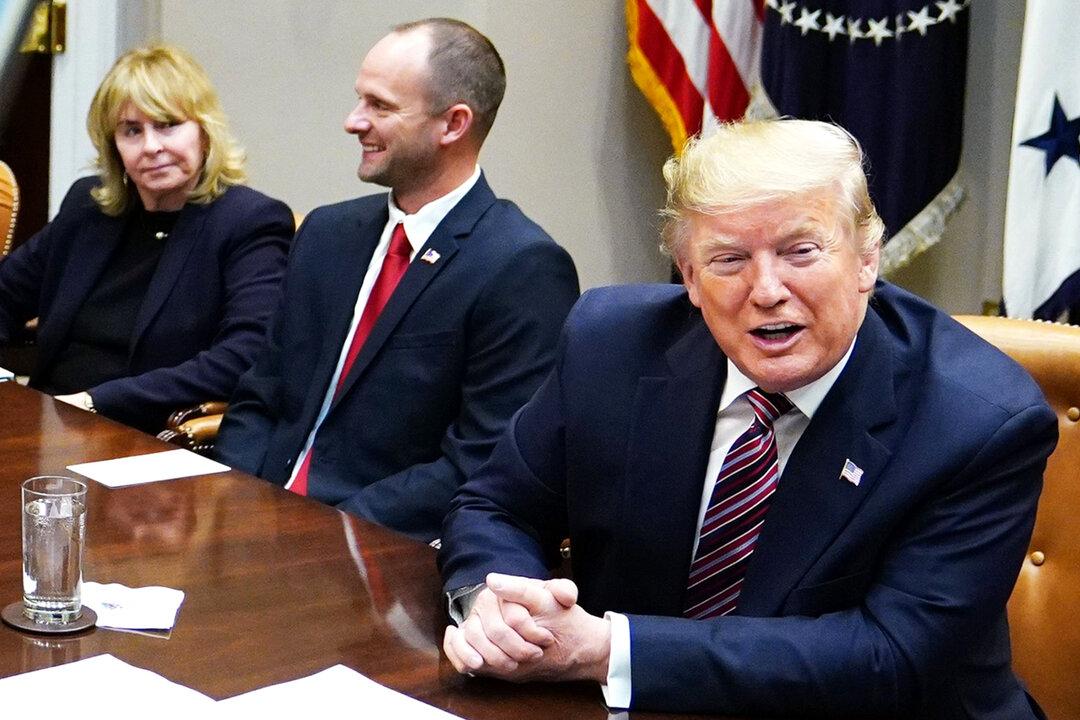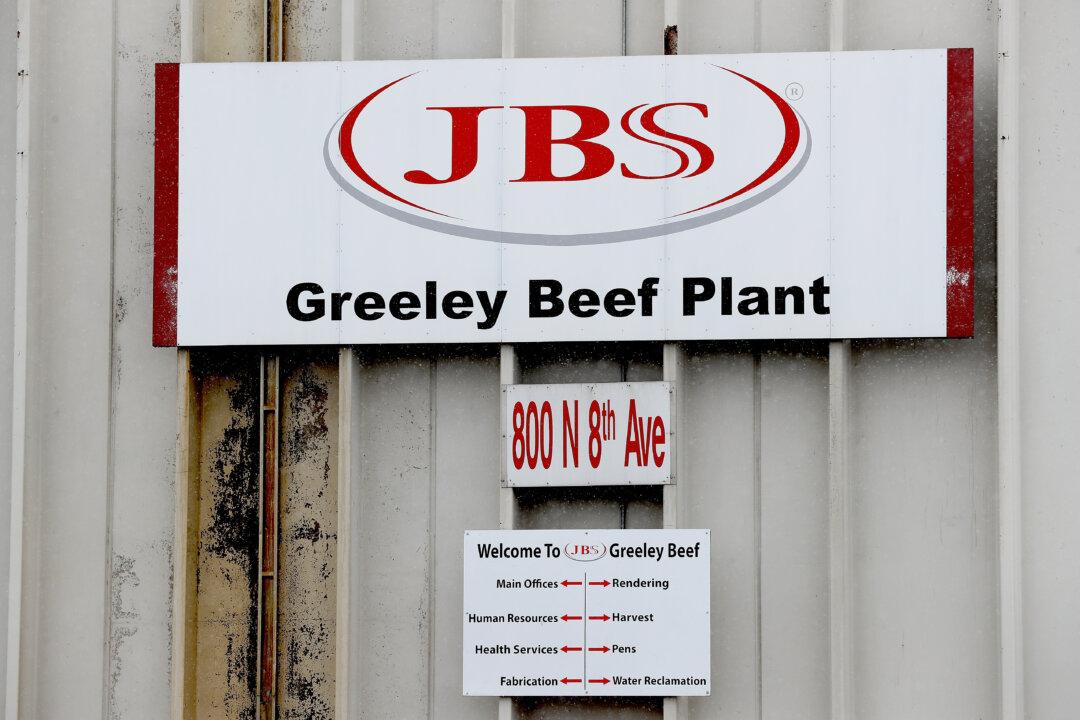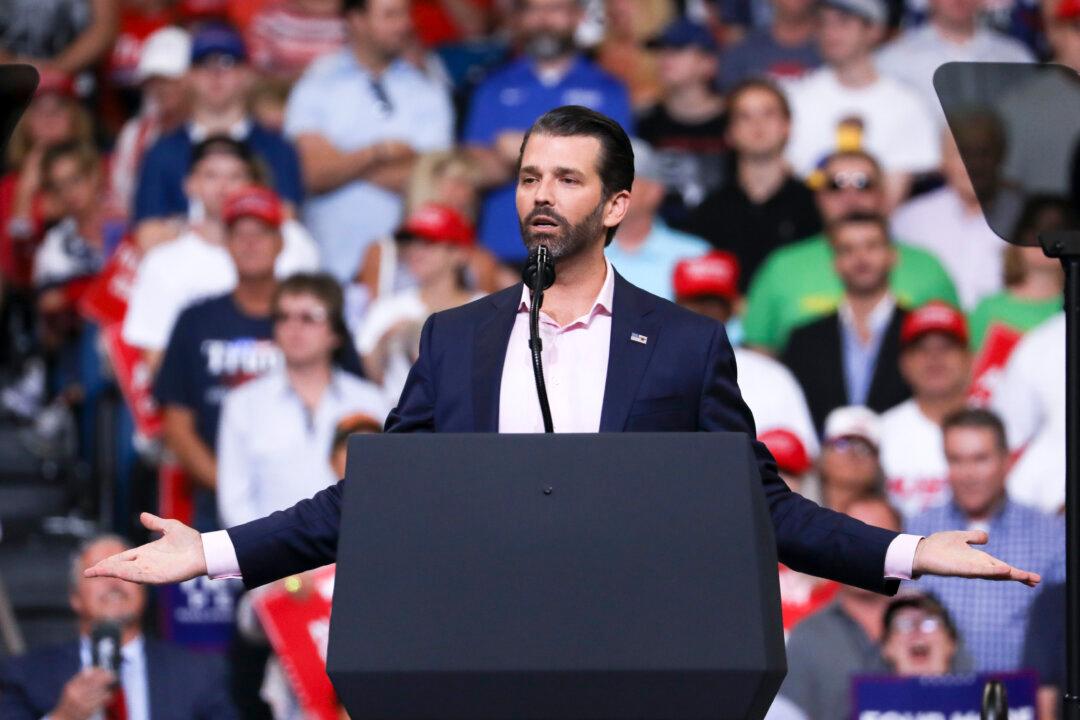President Donald Trump and Vice President Mike Pence hosted a round-table discussion with small-business leaders on Friday to discuss the administration’s Fall Unified Agenda—a report on the regulatory and deregulatory actions taken in the past year, with an update on cost savings achieved.
According to the White House statement, the president is making good on his promise to end excessive federal regulations and bring economic freedom and prosperity to all Americans. With 390 deregulatory actions across two dozen agencies, the report stated that regulatory costs had been slashed by up to $50 billion.





